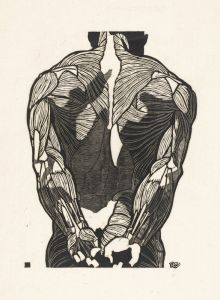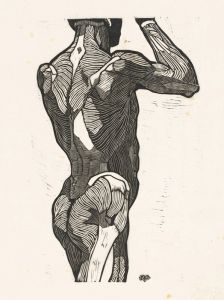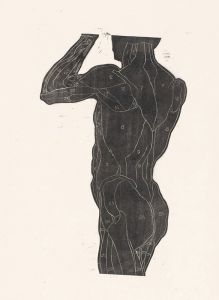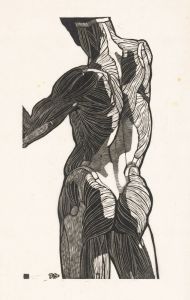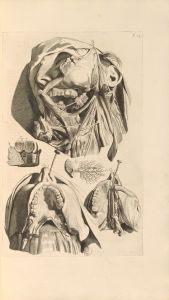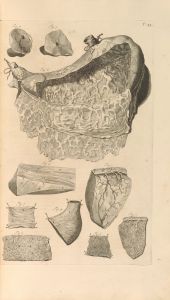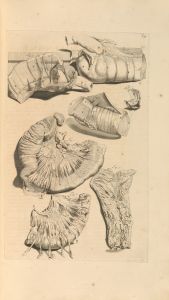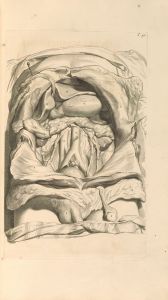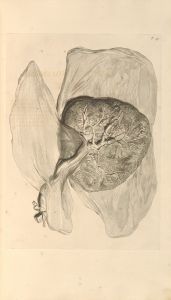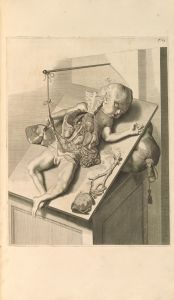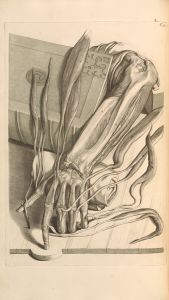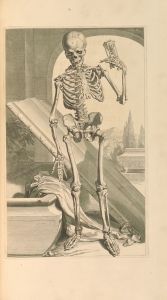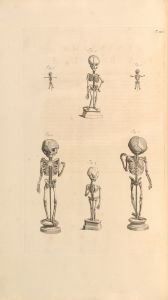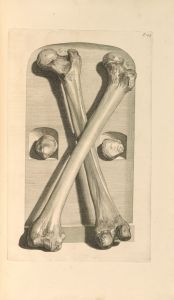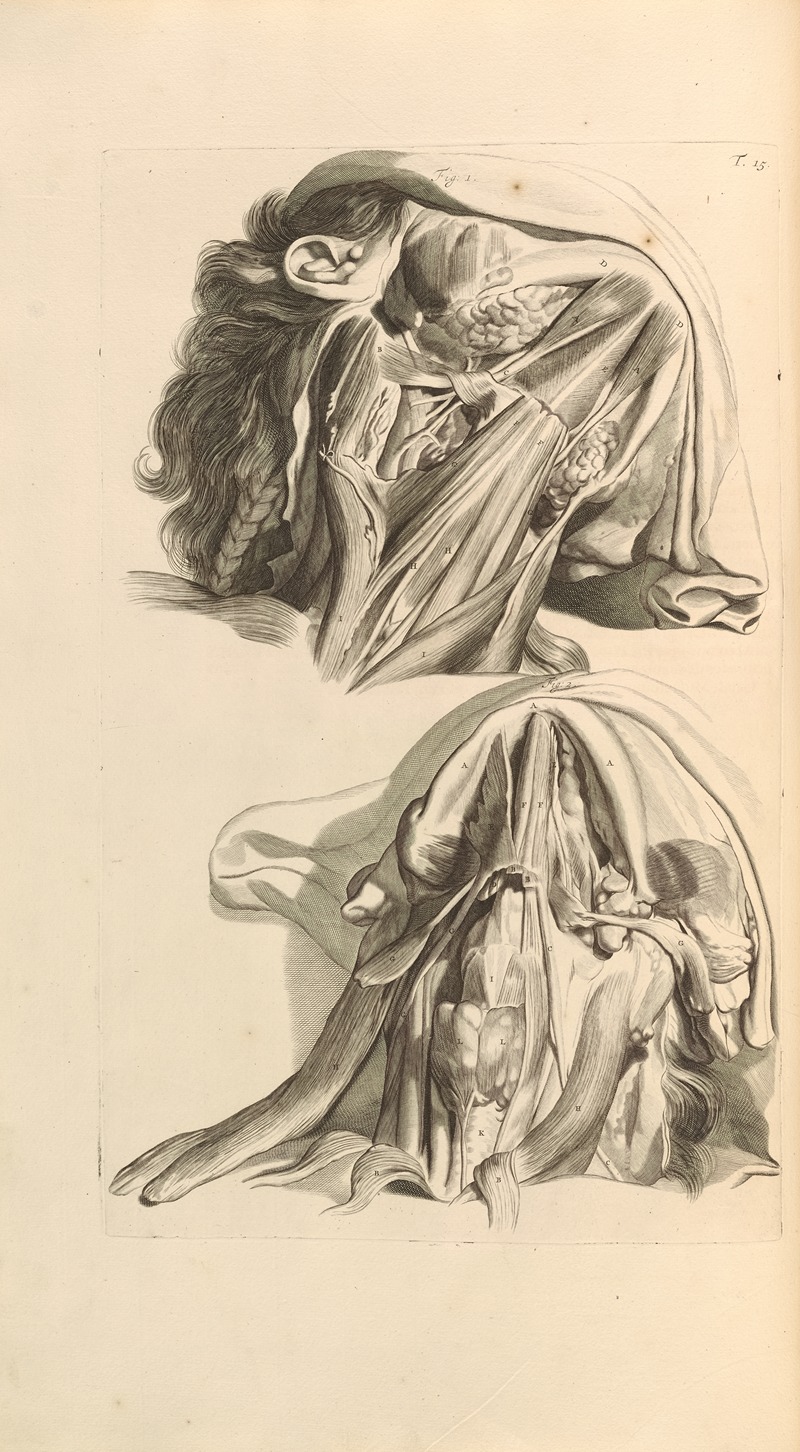
Anatomia humani corporis Pl.016
A hand-painted replica of Gerard de Lairesse’s masterpiece Anatomia humani corporis Pl.016, meticulously crafted by professional artists to capture the true essence of the original. Each piece is created with museum-quality canvas and rare mineral pigments, carefully painted by experienced artists with delicate brushstrokes and rich, layered colors to perfectly recreate the texture of the original artwork. Unlike machine-printed reproductions, this hand-painted version brings the painting to life, infused with the artist’s emotions and skill in every stroke. Whether for personal collection or home decoration, it instantly elevates the artistic atmosphere of any space.
Anatomia humani corporis Pl.016 is an anatomical illustration created by Gerard de Lairesse, a prominent Dutch Golden Age artist and illustrator, for the seminal medical text Anatomia Humani Corporis (1685). This work was authored by the Dutch anatomist Govard Bidloo and is considered one of the most significant anatomical atlases of the 17th century. The book contains 105 copperplate engravings, many of which were based on de Lairesse's detailed and artistic drawings.
Gerard de Lairesse (1640–1711) was a celebrated painter and engraver known for his classical style and contributions to both fine art and scientific illustration. Despite suffering from congenital syphilis, which eventually led to blindness later in life, de Lairesse produced highly detailed and expressive works. His collaboration with Bidloo on Anatomia Humani Corporis marked a significant intersection of art and science during the Enlightenment period. The illustrations in the atlas are notable for their artistic quality, combining scientific precision with dramatic, almost theatrical compositions.
Plate 016 (Pl.016) is one of the engravings from this atlas. Like other plates in the collection, it depicts human anatomy with meticulous attention to detail, likely based on dissections conducted by Bidloo. The image is engraved in a style that reflects de Lairesse’s artistic sensibilities, with an emphasis on clarity and the aesthetic arrangement of anatomical elements. The plate serves both as a scientific tool for medical education and as a work of art that exemplifies the era's fascination with the human body and its inner workings.
The Anatomia Humani Corporis was groundbreaking for its time, but it also faced criticism. Some anatomists of the period found the illustrations overly artistic, arguing that they prioritized aesthetics over strict anatomical accuracy. Despite this, the atlas remains a significant historical artifact, reflecting the collaboration between art and science during the late 17th century.
The engravings, including Pl.016, were created using copperplate techniques, which allowed for fine lines and intricate details. This method was essential for reproducing the complex structures of the human body. The work was published in Amsterdam, a hub of scientific and artistic innovation during the Dutch Golden Age.
Today, Anatomia Humani Corporis and its plates, including Pl.016, are studied not only for their contributions to the history of medicine but also for their artistic merit. They are preserved in various libraries, museums, and collections around the world, serving as a testament to the enduring legacy of Gerard de Lairesse and Govard Bidloo.





